Sword Coast Legends was a surprisingly difficult title to review. At close to 10 hours into the game, with surely much more to discover, I’ve just now begun to really like it. There’s a lot to experience and enjoy in Sword Coast Legends, you just have to give things a chance (and play the story).
Sword Coast Legends
Developer: n-Space
Price: $39.99
Platform: PC
MonsterVine was supplied with PC code for review
I say these things because, having had access to an early version of the title, I was cut off from the story mode and a majority of other players. I ran into one or two other players, who were either reviewing the game as I was or paid to get an exclusive early access, but none stuck around long enough to get a co-op experience. Because of this, a large majority of the game was solo and I cannot stress the fact that this game was not meant to be played by a one member party.
Sword Coast Legends is a Dungeons and Dragons game, but once you start playing it becomes pretty apparent. There are a total of 4 modes in Sword Coast Legends: Story, Module Play, Dungeon Master and Dungeon Crawl. The cool part is that all character data, including equipment, level and skills, are accessible and advancement in all modes. This means that the same character and party that you’ve been using in Story mode can be used for character created modules. And if you get stuck on a portion of the story, you can take them through Dungeon Crawl to level up. All modes are quite fun, specifically the dungeon master mode, but only if you’ve played the story first.
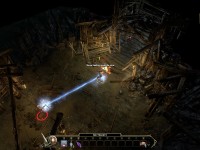 The story mode is pretty standard if you’ve played games like Baldur’s Gate or Kyn, you’ll feel pretty at home here. It’s also pretty reminiscent of the Dungeons and Dragons Tabletop game. The story is surprisingly enjoyable. It’s definitely not GOTY material, but it won’t leave you bored and aimless. The main benefits of the story mode are an increased leveling rate and party recruitment. While level is important in Sword Coast Legends, having party members is a must. As you go through the story you (very quickly) recruit multiple unique characters, who are all fully voice acted throughout the dynamic campaign. Despite its flaws and somewhat lackluster representation, I was properly entertained and I felt like my choices mattered.
The story mode is pretty standard if you’ve played games like Baldur’s Gate or Kyn, you’ll feel pretty at home here. It’s also pretty reminiscent of the Dungeons and Dragons Tabletop game. The story is surprisingly enjoyable. It’s definitely not GOTY material, but it won’t leave you bored and aimless. The main benefits of the story mode are an increased leveling rate and party recruitment. While level is important in Sword Coast Legends, having party members is a must. As you go through the story you (very quickly) recruit multiple unique characters, who are all fully voice acted throughout the dynamic campaign. Despite its flaws and somewhat lackluster representation, I was properly entertained and I felt like my choices mattered.
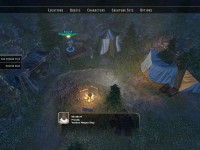 Dungeon Master is an in-depth and impressively easy-to-use creation tool that lets players create just about any adventure they want. Like the tabletop game, most people enjoy making their own adventures to put their friends through. These creations are called “Modules” and they can be uploaded, downloaded and rated by anybody. You can even check out my basic test module called “A Grand Adventure,” don’t judge me. This is by far my favorite portion of the game, as you can control so much. This mode could do with a tad bit more complexity like more NPC options or quest design, but ultimately you can create (and decorate) anything you want.
Dungeon Master is an in-depth and impressively easy-to-use creation tool that lets players create just about any adventure they want. Like the tabletop game, most people enjoy making their own adventures to put their friends through. These creations are called “Modules” and they can be uploaded, downloaded and rated by anybody. You can even check out my basic test module called “A Grand Adventure,” don’t judge me. This is by far my favorite portion of the game, as you can control so much. This mode could do with a tad bit more complexity like more NPC options or quest design, but ultimately you can create (and decorate) anything you want.
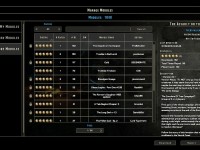 Module play is an extension of Dungeon Master, but from a player’s point of view. Before you go into this mode, or Dungeon Crawl for that matter, please be sure that you’ve played story mode or that you bring a friend. Combat is heavily unbalanced for a single player, a point that I will touch on later, and gameplay can be grueling if you try to brute force solo play. There are already literally thousands of modules you can download and play before the game has even launched, some better than others, but many to try nonetheless. What’s even more enjoyable is the option for the Module’s creators to allow for a “Dungeon Master” role to be played. This is not the same as the creation mode that goes by the same name, but more of an omnipotent force that can influence the journey of the adventurer’s as they go through a module, and can either be a benefactor or a malevolent force, possessing characters and influencing events. All modules are created by the community, and the possibilities are endless.
Module play is an extension of Dungeon Master, but from a player’s point of view. Before you go into this mode, or Dungeon Crawl for that matter, please be sure that you’ve played story mode or that you bring a friend. Combat is heavily unbalanced for a single player, a point that I will touch on later, and gameplay can be grueling if you try to brute force solo play. There are already literally thousands of modules you can download and play before the game has even launched, some better than others, but many to try nonetheless. What’s even more enjoyable is the option for the Module’s creators to allow for a “Dungeon Master” role to be played. This is not the same as the creation mode that goes by the same name, but more of an omnipotent force that can influence the journey of the adventurer’s as they go through a module, and can either be a benefactor or a malevolent force, possessing characters and influencing events. All modules are created by the community, and the possibilities are endless.
Dungeon Crawl is a simplified version of dungeon master, where you and your party make simple decisions about the contents of the next dungeon you enter. You can choose the area, weather, enemy types, enemy encounter order and bosses. In essence, it is a way to quickly gain experience with your party while deciding exactly what you fight against. With this you can develop strategies, test out specific characters and gain access to immediate combat at your level. Dungeon Crawl is simple, and I expect nothing more of the game mode than what is given.
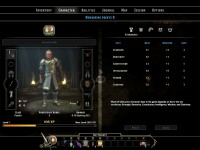 While the game modes are pretty fun, you really have to experience the game in a specific way to have fun. With the exception of the Dungeon Master creation mode, all the game modes are centered around combat. In Sword Coast Legends, combat is impossible alone. Even as a Paladin (Heavy Knight) class, a fight against 2 or 3 of the lowest-tiered enemy, on the lowest difficulty, could prove deadly. Combat is diminished to auto-attacks after you’ve selected an enemy to attack, and while this isn’t my style in the first place, this combat system has some heavily apparent issues. Each attack feels slow, and fights against single units could often take up to 30 seconds. Each character has a huge chance to miss their attacks and while this may have worked in the year 2000 we’ve left this system behind for the better. Combat, especially alone, can just feel frustrating. At one point the Hobgoblin I was fighting against, as well as my character, missed 9 attacks in a row. During this roughly minute and a half period I started texting because of how bored I’d become. When alone dungeons are incredibly frustrating, and unless you are extremely high-leveled the bosses are actually impossible for a single person to take down. Pausing time, unique powers and the ability to control each AI controlled member of you party is great, but without an enjoyable core, combat becomes dull.
While the game modes are pretty fun, you really have to experience the game in a specific way to have fun. With the exception of the Dungeon Master creation mode, all the game modes are centered around combat. In Sword Coast Legends, combat is impossible alone. Even as a Paladin (Heavy Knight) class, a fight against 2 or 3 of the lowest-tiered enemy, on the lowest difficulty, could prove deadly. Combat is diminished to auto-attacks after you’ve selected an enemy to attack, and while this isn’t my style in the first place, this combat system has some heavily apparent issues. Each attack feels slow, and fights against single units could often take up to 30 seconds. Each character has a huge chance to miss their attacks and while this may have worked in the year 2000 we’ve left this system behind for the better. Combat, especially alone, can just feel frustrating. At one point the Hobgoblin I was fighting against, as well as my character, missed 9 attacks in a row. During this roughly minute and a half period I started texting because of how bored I’d become. When alone dungeons are incredibly frustrating, and unless you are extremely high-leveled the bosses are actually impossible for a single person to take down. Pausing time, unique powers and the ability to control each AI controlled member of you party is great, but without an enjoyable core, combat becomes dull.
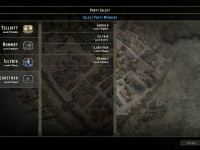 With a party much of these frustrations are relieved, but for a game that is so much about choice and chance and role-playing, it’s disappointing that you can not truly play how you want to. The entire game was balanced for a party of 4, and there’s no real way to circumvent this. Even though this system allows for fun co-op play, or tactical single-player play, you can never role play as a single mighty hero if you want to live. So unless you have multiple friends to play with, unlike me, you have to at least get through the first act of the story to get a full party of team mates. Side Note: It’s incredibly annoying that each and every time you click your character has to have some response. “Right away, sir!” Gets pretty intolerable after the 2000th time.
With a party much of these frustrations are relieved, but for a game that is so much about choice and chance and role-playing, it’s disappointing that you can not truly play how you want to. The entire game was balanced for a party of 4, and there’s no real way to circumvent this. Even though this system allows for fun co-op play, or tactical single-player play, you can never role play as a single mighty hero if you want to live. So unless you have multiple friends to play with, unlike me, you have to at least get through the first act of the story to get a full party of team mates. Side Note: It’s incredibly annoying that each and every time you click your character has to have some response. “Right away, sir!” Gets pretty intolerable after the 2000th time.
Graphically, Sword Coast Legends is pretty standard. This genre has never been known for its looks, and Sword Coast Legends is no exception, but it is presentable. Despite this, the game is incredibly difficult to run. You can blame this on its complex systems, unoptimized code or specific effects, but it’s hard to believe that a game that looks like it was created in 2010 has huge performance issues on a rig that is more powerful than a next-gen console. Aside from issues with performance, I only ran into one menu-loading bug that required a hard restart of the game but caused no issue with gameplay or game data.
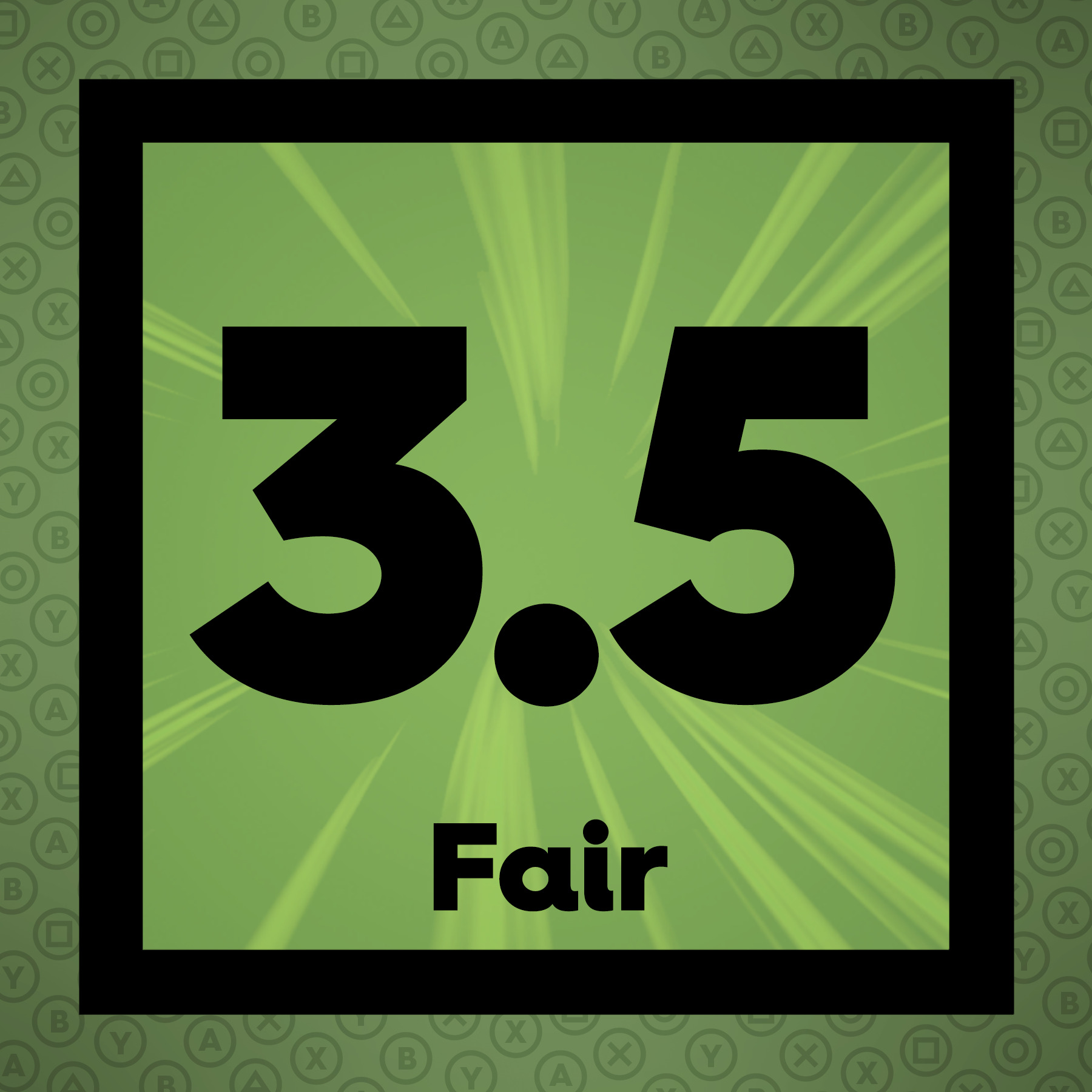
The Final Word
Fans of classic isometric RPGs and Dungeons and Dragons alike will enjoy the style of gameplay. Unfortunately performance issues, frustrating combat and the hidden requirement of needing party members can mar the experience. But if you can run the game and look past questionable combat you could easily play and create for hundreds of hours. Is it worth $40? I’d keep your refund ready unless you’re absolutely sure.
– MonsterVine Rating: 3.5 out of 5 – Fair

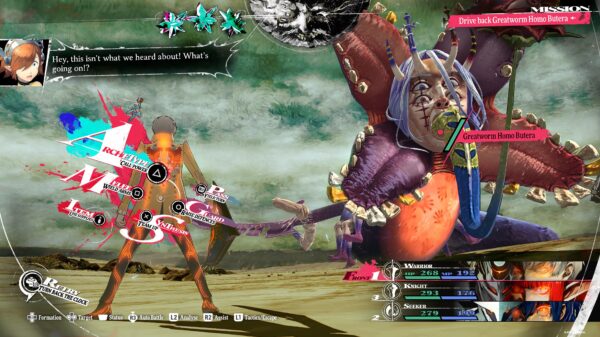
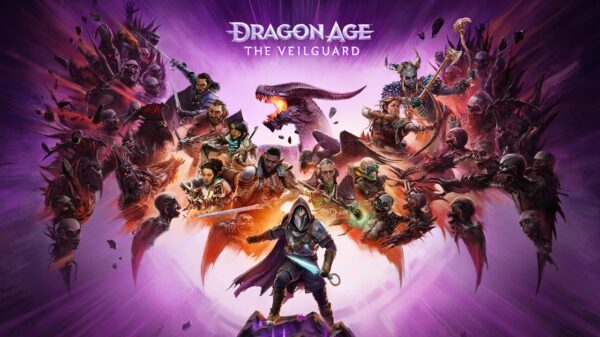

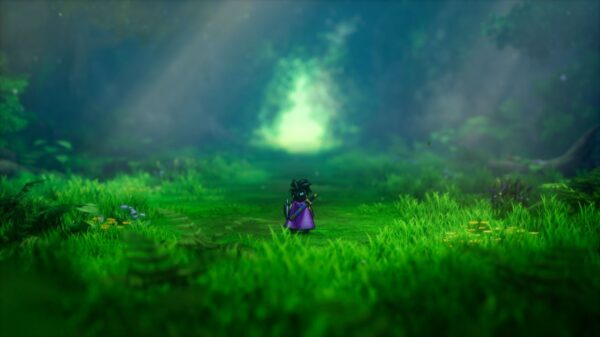
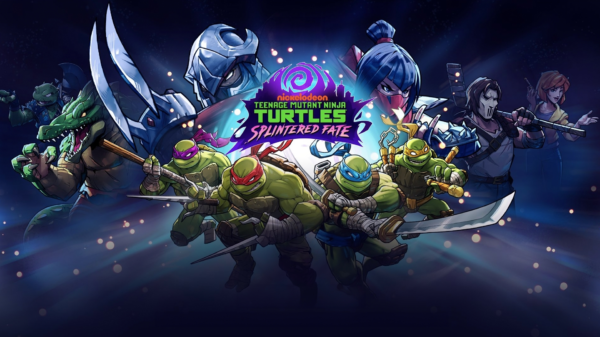









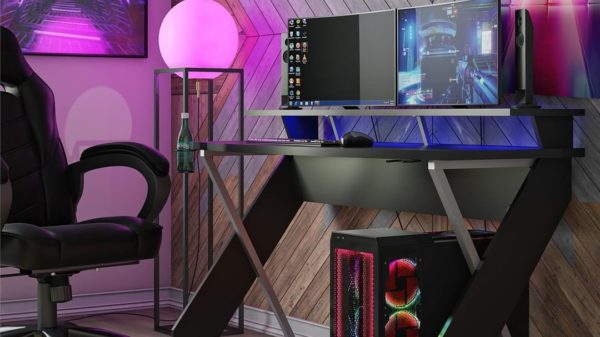












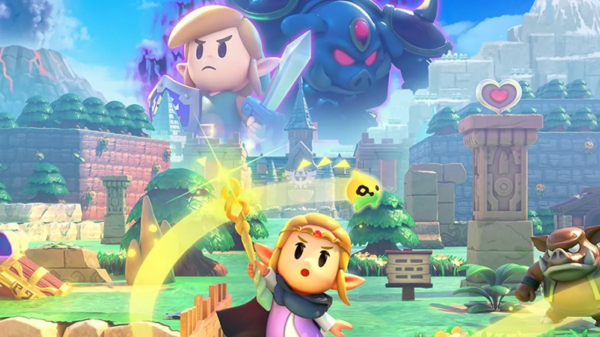
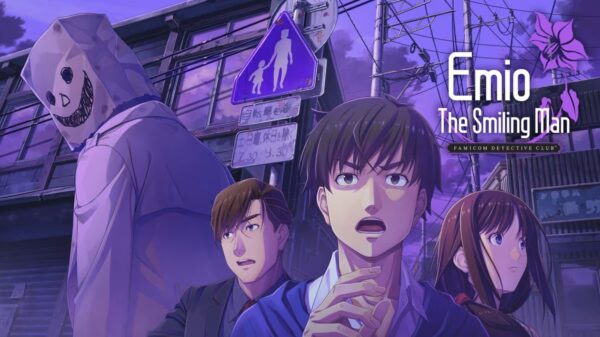
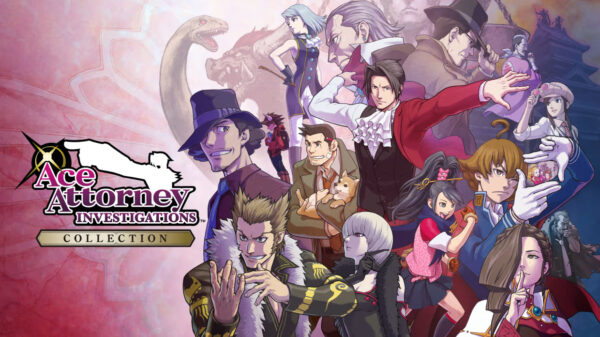
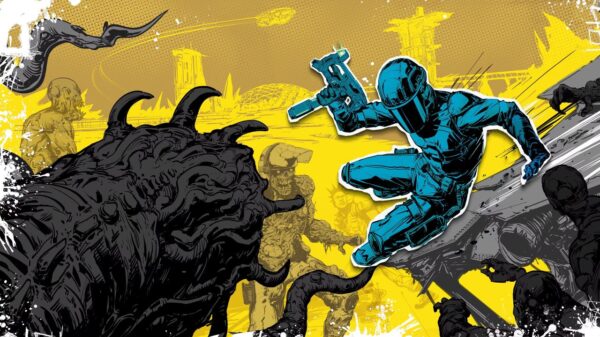


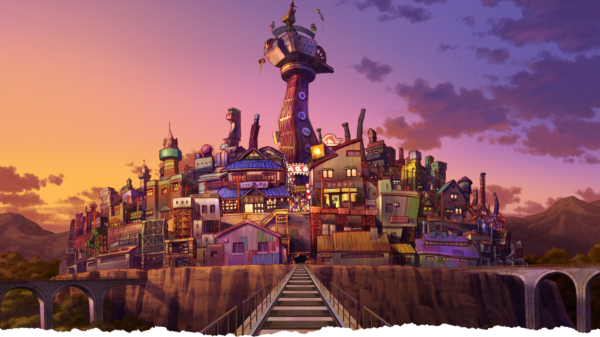



















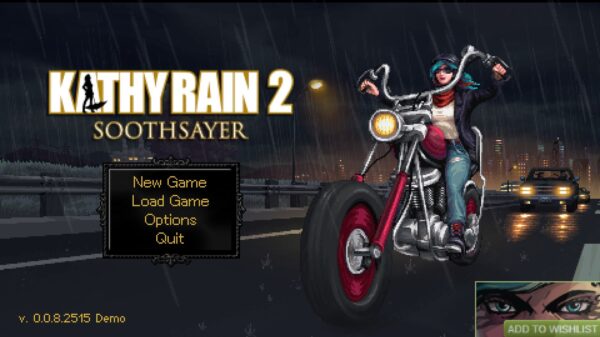
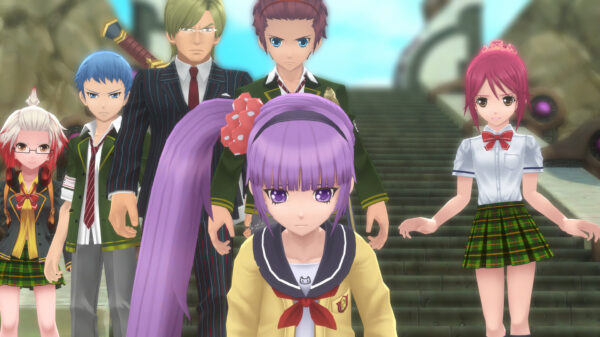
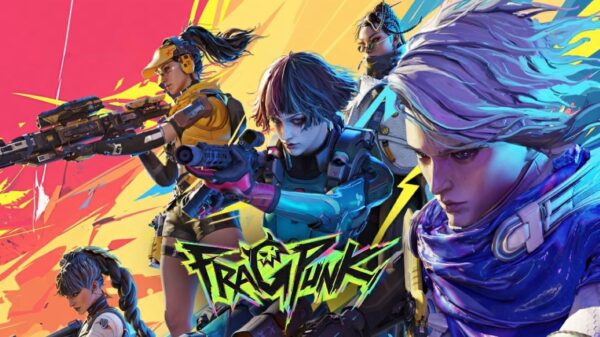
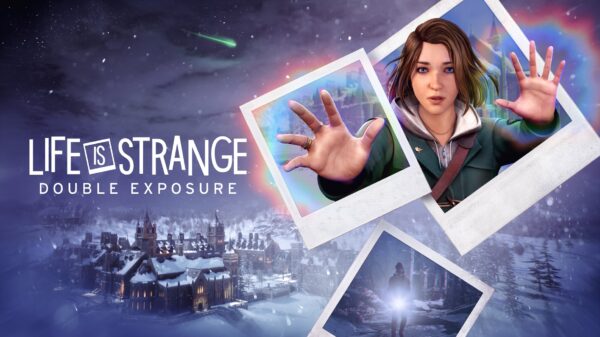
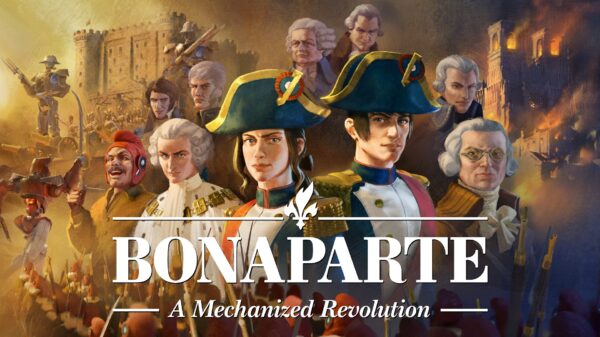
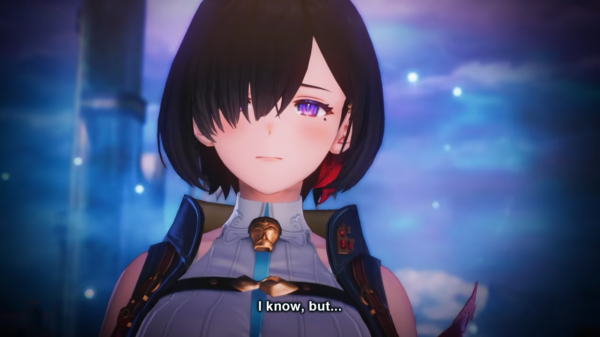
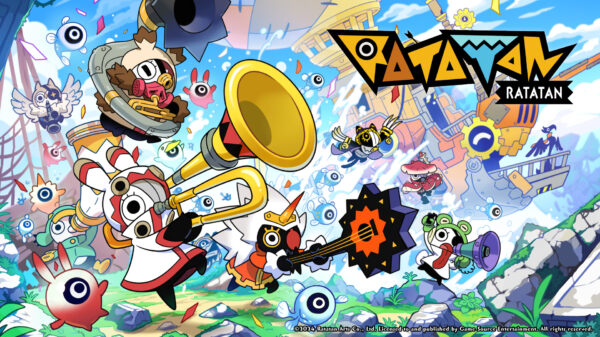

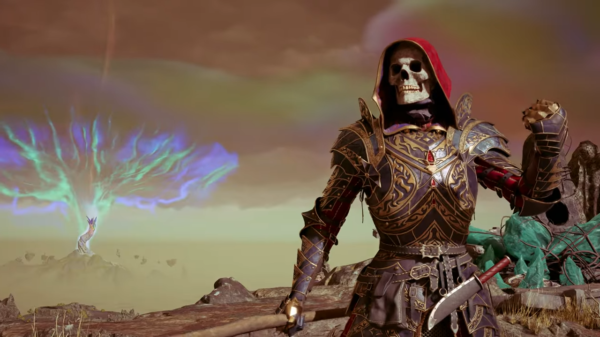
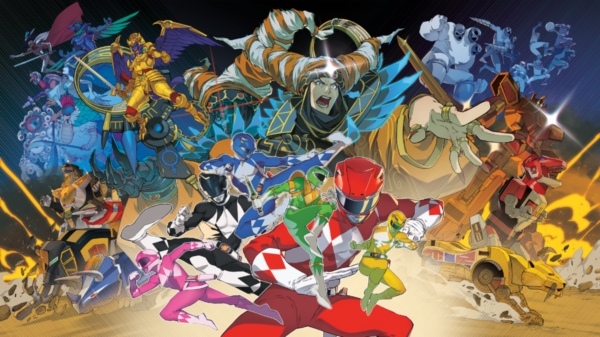
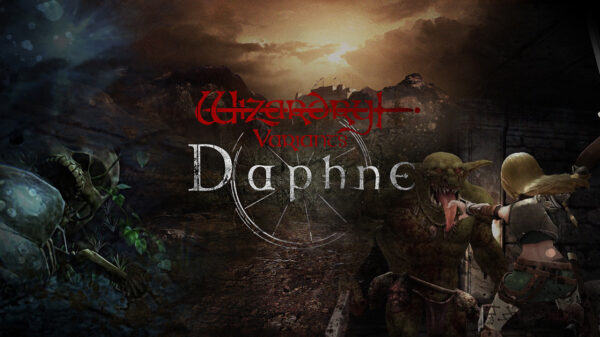
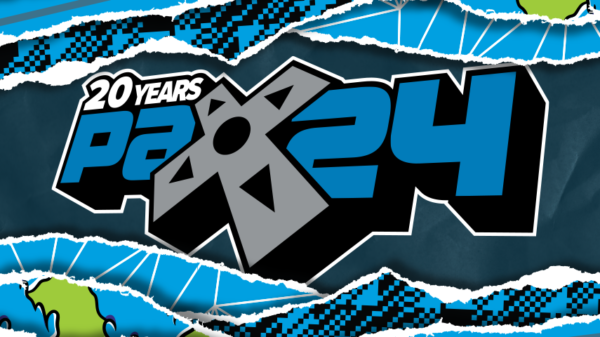
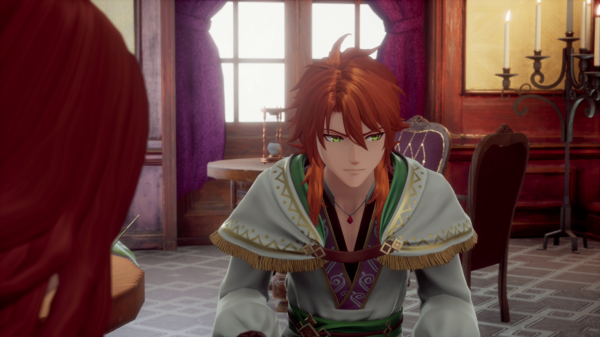



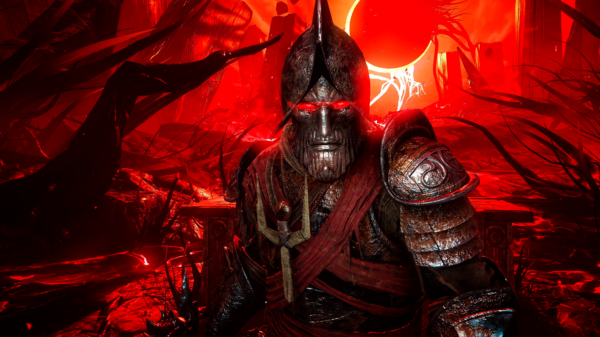
























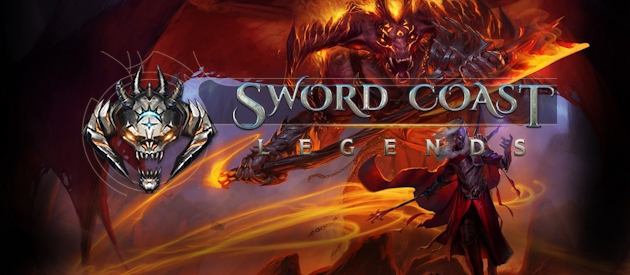

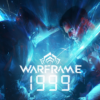
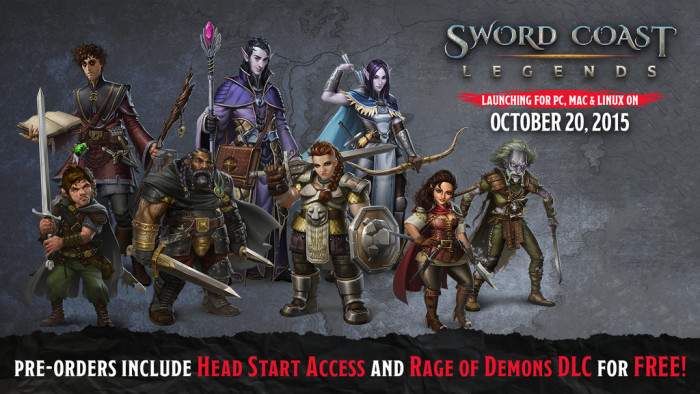
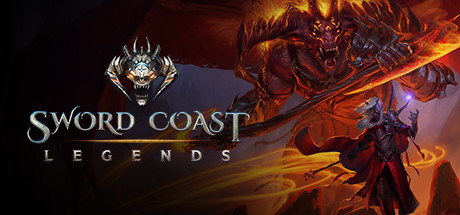
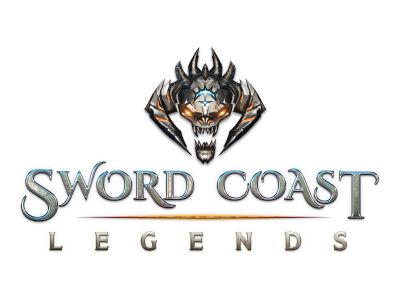
Mario Telo
October 22, 2015 at 12:14 pm
Check the steam reviews.. fans of d&d are not amused by the liberties taken with the 5e ruleset. It’s a Dungeon Siege/Dragon Age game with d&d names.
Michael T Elliott
January 3, 2016 at 8:55 pm
(Late Comment) I’m very sad to hear that! From a non-D&D gamer this title in it of itself seemed fun, but it really is a disservice if it’s really unlike the core of the series.